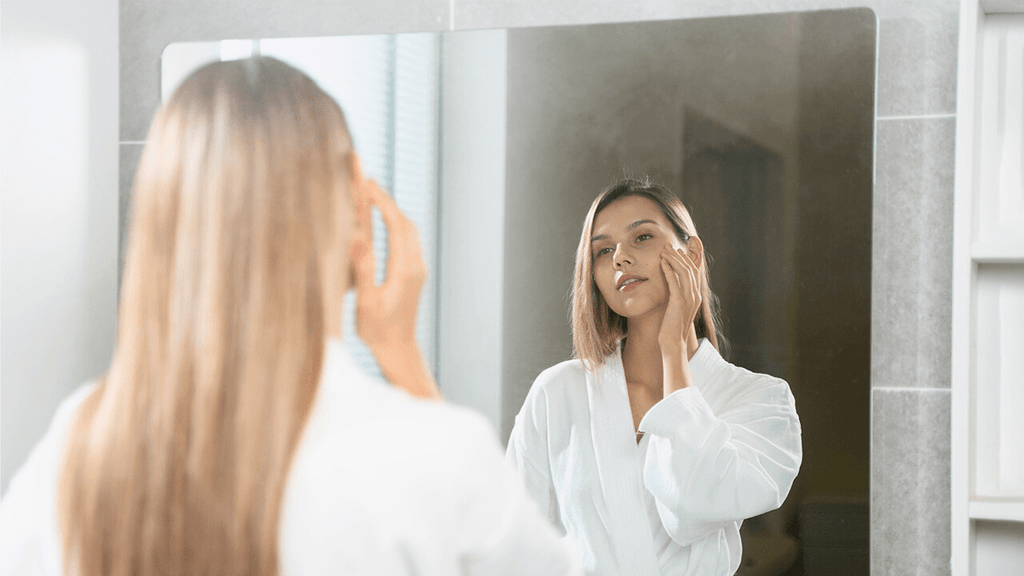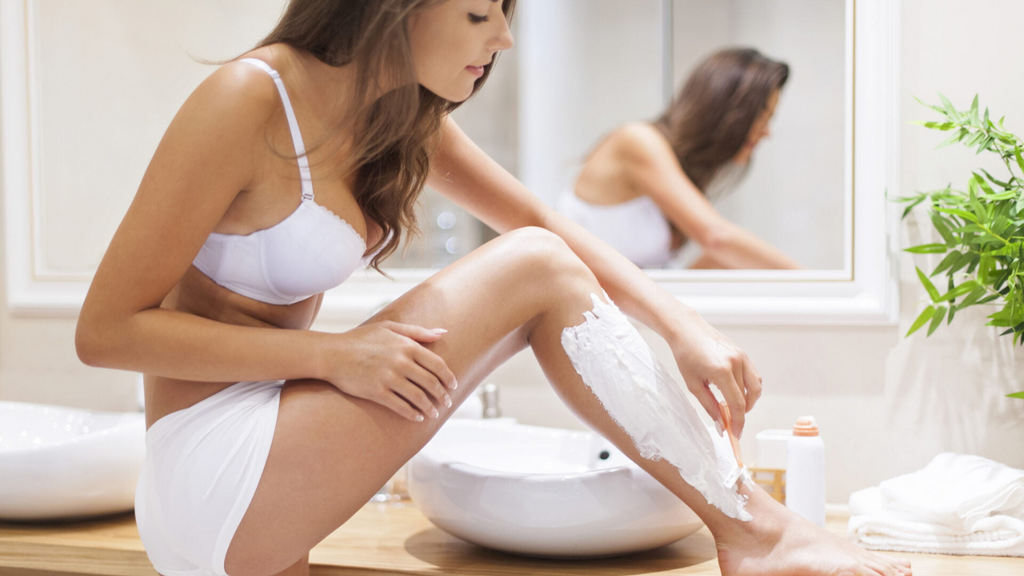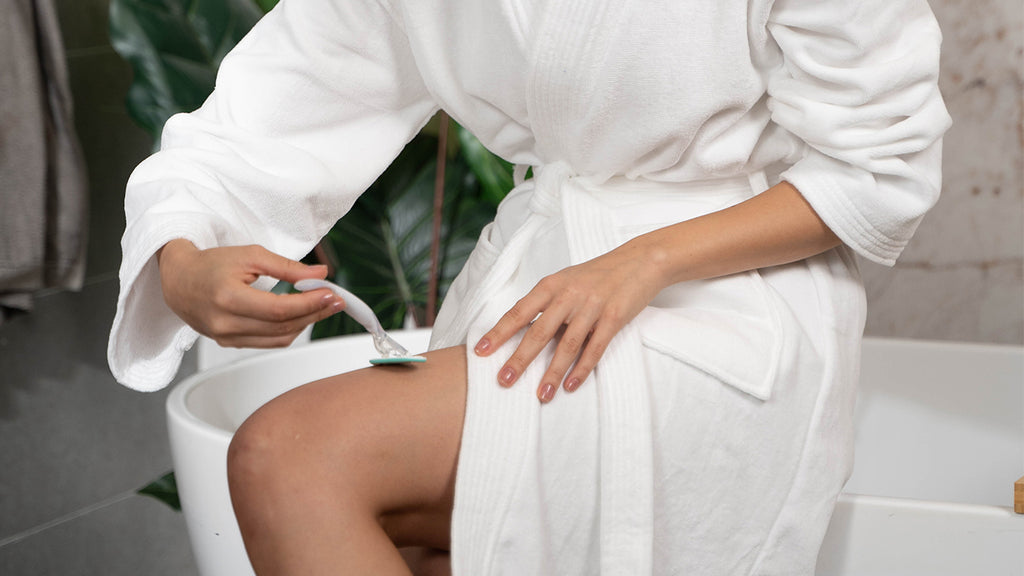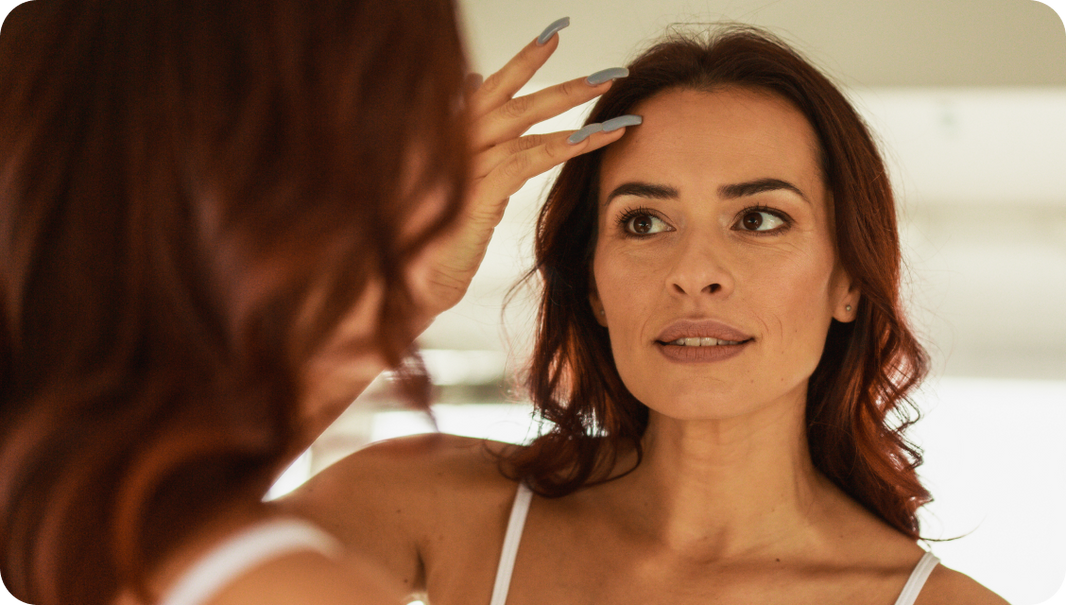The question of whether it's better to shave before or after taking a shower has long been debated in the fields of skincare and grooming. This seemingly straightforward decision has a big impact on the effectiveness of shaving as well as the health of your skin. The difference between a comfortable and smooth shave and one that is rife with cuts and irritation can be found in the timing.

Different people have different attitudes and practices about personal grooming, which are influenced by factors such as skin type, hair texture, and personal choice. This in-depth look seeks to shed light on the controversy and provide enthusiasts with knowledge to assist them in selecting a shaving regimen that enhances their shaving pleasure while protecting the health of their skin.
Pre-shower Shaving: Pros and Cons
There are supporters and arguments for shaving before taking a shower, but it's crucial to consider both. Positively, shaving on dry skin makes the process shorter and less messy, which may appeal to people who are on a tight schedule. Because there isn't any water present, your razor is less prone to slip, and you have more control over the shave.
But the drawbacks are substantial and should be taken into account. Because the skin and hair aren't as supple after a dry shave due to the absence of steam and water, the shave is harsher and less enjoyable. This might exacerbate skin irritation and dryness. Additionally, using this method will cause your razor blades to dull more quickly than if you used them on softer hair. This will eventually result in a less-close shave and higher replacement blade prices.
Advantages of Post-shower Shaving
For a variety of reasons, shaving following a shower is frequently regarded as the best approach. A shower's heat and steam assist in opening pores in the hair and softening it, which facilitates the razor's smooth glide across the skin. This considerably lowers the possibility of cuts, nicks, and razor burns and can result in a closer shave with less effort. Additionally, the wetness hydrates the skin, reducing irritation and dryness after shaving.
Furthermore, showering also helps to clean the skin, making it a better surface for shaving by removing oils and dirt. By keeping the area clean, you may avoid razor blockages and make sure the blade cuts hair more efficiently rather than gliding over dirt. The skin is clean and supple after taking a shower, making it ideal for shaving.
Finally, shaving after a shower fits in nicely with an all-encompassing skincare regimen. Because the pores are still open after shaving, this is the perfect moment to use aftershaves or moisturizers to help calm the skin and promote healing. This can improve the skin's general health and appearance, making shaving more enjoyable and producing better long-term skin care outcomes.
To sum up, there are several benefits to shaving after a shower, including improved skin care benefits and a tighter shave. Compared to pre-shower shaving, it could take a little longer, but the benefits to comfort and skin health usually outweigh the cost.
Shaving Tips for Smooth Skin
Achieving smooth, irritation-free skin is a common goal for many who shave. Here are some essential shaving tips, focusing on preparation, technique, and aftercare to reduce irritation and ensure a close, comfortable shave.
Prepare Your Skin with Exfoliation: Begin your shaving routine with exfoliation to remove dead skin cells and prevent the razor from clogging. Use gentle exfoliating products like a loofah or a scrub to prep your skin. This step not only makes your shave smoother but also helps lift the hairs for a closer shave.
Opt for Cooler Water: While hot showers are relaxing, cooler water is better for shaving. Hot water can over-soften your skin, increasing the risk of nicks and cuts. Lukewarm water is ideal, as it softens the hair without overly softening the skin, making it easier to shave while reducing irritation.
Choose the Right Shaving Cream: Avoid using soap, as it can dry out your skin and leave it flaky. Instead, opt for a quality shaving cream, foam, gel, or even hair conditioner or body oil. These products are designed to create a protective barrier between the razor and your skin, allowing for smoother glides and minimizing irritation.

Shaving Direction is Crucial: Shaving against the grain ensures a closer shave, but it's important to know your hair growth patterns. For legs, start from the ankles upwards. In the underarm area, use both upward and downward strokes to catch all the hairs. For the pubic area, consider your skin's sensitivity; shave against the grain for a closer shave or with the grain to minimize irritation. Adjust your shaving direction based on your personal needs and hair growth patterns.
Aftercare is Important: After shaving, rinse your skin with cool water to close the pores and apply a moisturizing lotion or aftershave product designed to soothe and hydrate the skin. This step helps to prevent irritation and keeps your skin smooth and soft.
Regular Blade Maintenance: Always use a sharp razor blade. Dull blades can cause irritation, pull hairs, and lead to an uneven shave. Replace your razor blades or disposable razors regularly to ensure a smooth, comfortable shave.

Take Your Time: Rushing through your shaving routine increases the risk of cuts and irritation. Take your time to gently glide the razor across your skin, avoiding the temptation to press too hard. Let the razor do the work.
Conclusion
In conclusion, the choice of whether to shave before or after taking a shower depends on individual preferences, skin type, and intended results. For time-pressed people, pre-shower shaving is convenient, but it may be detrimental to skin health. On the other hand, shaving after showering prepares the skin for a smoother, more irritation-free experience, which fits in nicely with extensive skincare regimens. Whichever method you choose, making conscious decisions about technique, preparation, and aftercare (such as exfoliating, using colder water, and choosing the right products) may greatly improve your shaving experience and guarantee the healthiest and most comfortable skin. Always keep in mind that every person's path to the ideal shave is different, so take the time to learn about the requirements and preferences of your skin in order to create a routine that works best for you.








